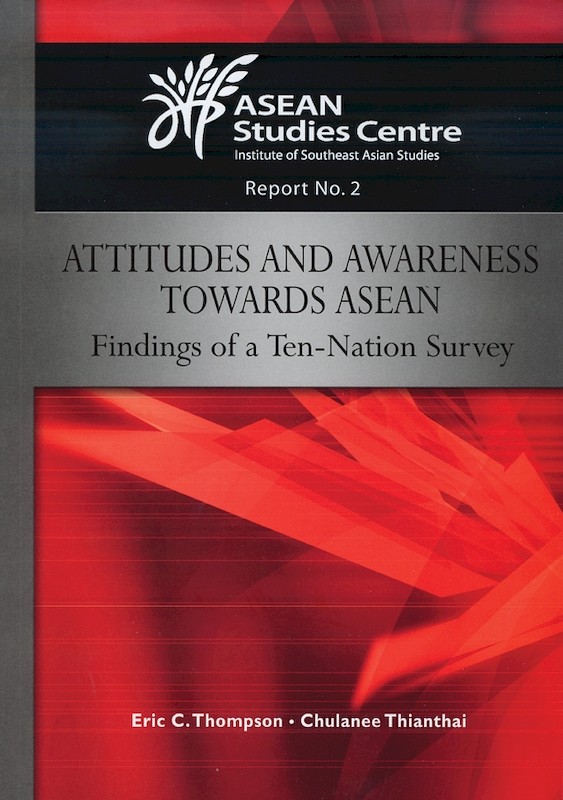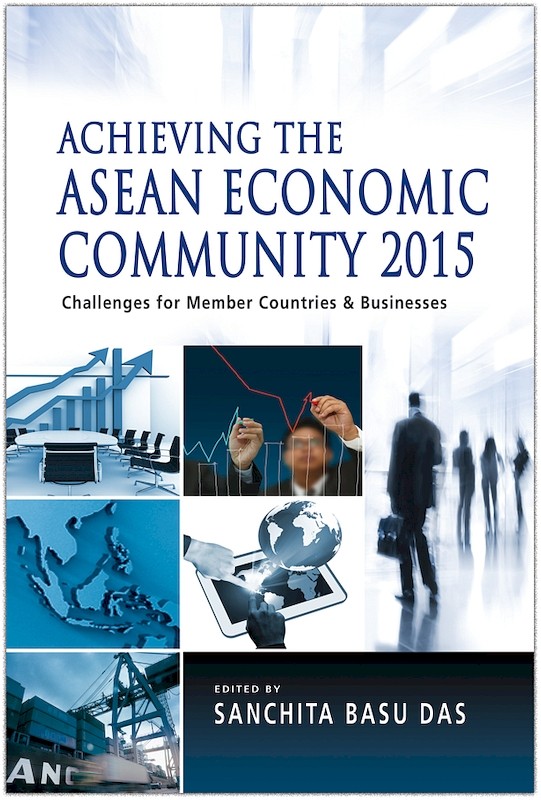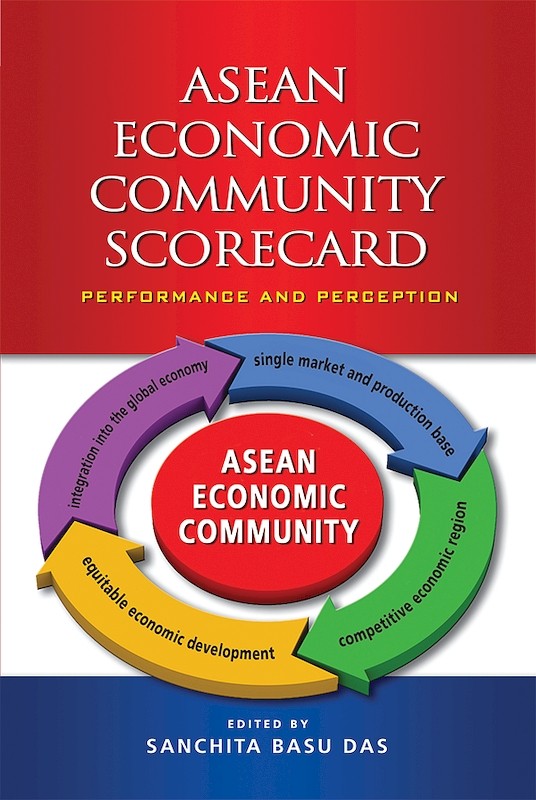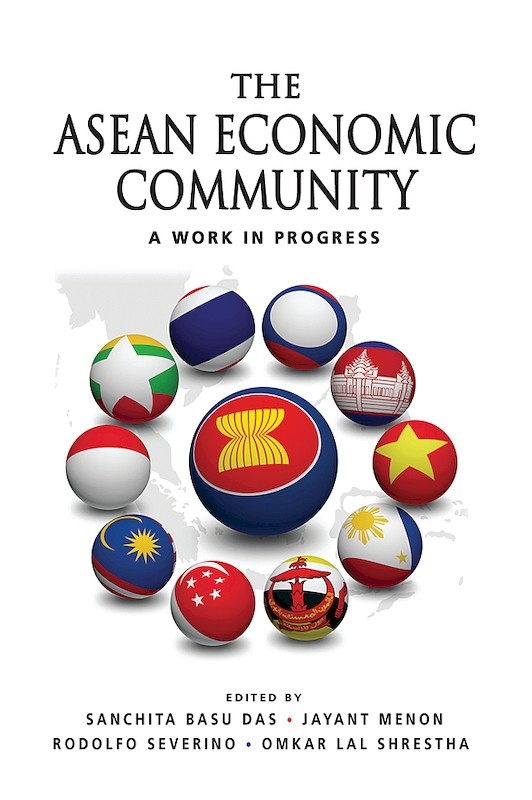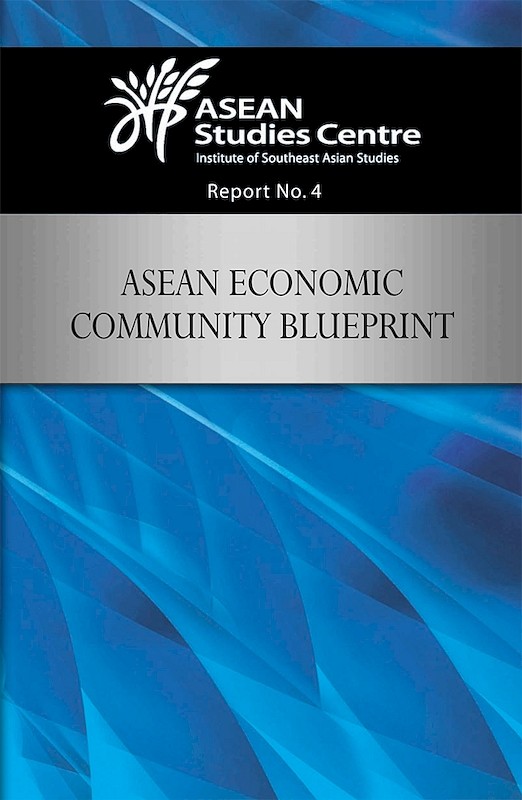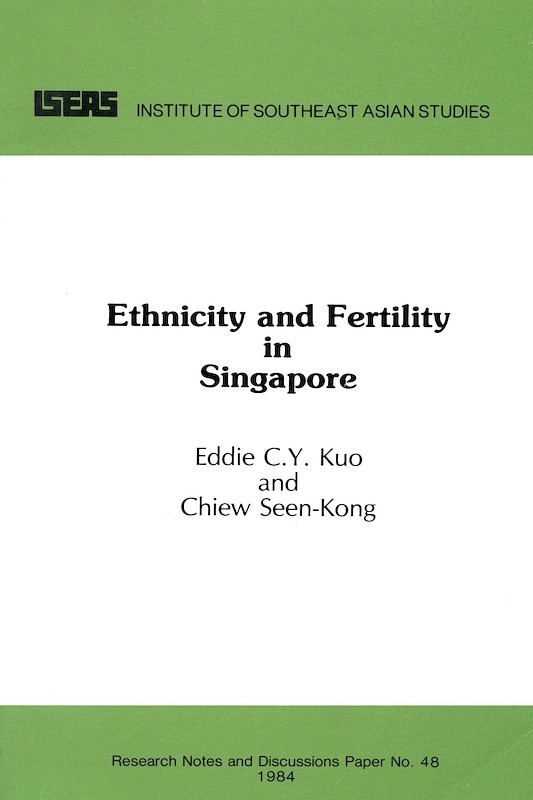Do Young People Know ASEAN? Update of a Ten-nation Survey
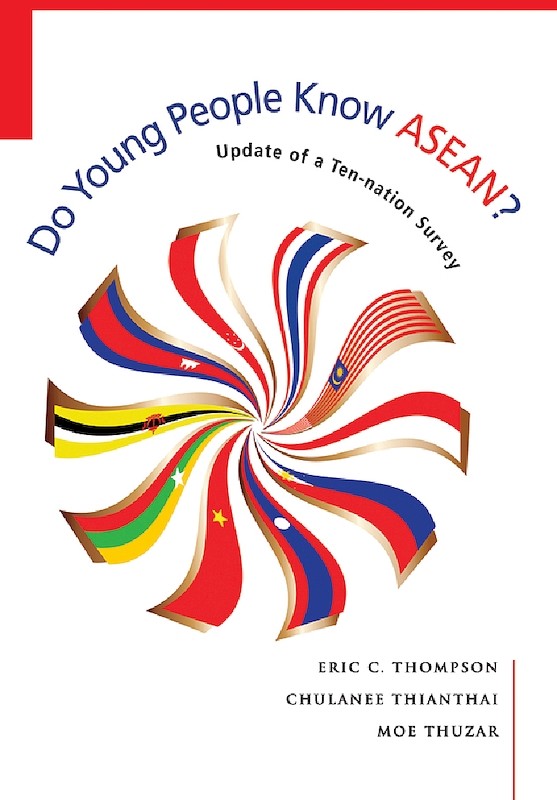
Date of publication:
2016
Publisher:
ISEAS – Yusof Ishak Institute
Number of pages:
285
Code:
ASC15
Soft Cover
ISBN: 9789814695640
Reviews
Bhubate Samutachak. Journal of Population and Social Studies, Vol. 24:2, July 2016.
".... For ASEAN Study scholars and those who have kept a close look to the development of the region, this book is a spotlight shining on the mind of its young generation – the group of people who in every way will be affected by what happens to this region. The questions of the survey were subsumed into five topics: (1) attitudes towards ASEAN; (2) knowledge about the region and the Association; (3) orientation towards the region; (4) sources of information; and (5) aspirations for integration and action. The results intriguingly reflect the young ASEANers thought about the region where they reside: how much do they know about what is coming? how do they see it coming? how do they like it? what do they think about their neighbours? and many more. The multi-dimensional nature of the respondents' demographic background – such as nationality, religion, maritime-mainland, developmental stage, etc., render many angles for analysis and portray many pictures, both present and future, of young people in each country and the whole region.
.... Along the eight chapters, this book provokes many thoughts as well as poses many questions. If generational differences showed a significant effect on the Brexit results, this book matters in every aspect of ASEAN's future."
About the publication
In 2007, a survey — the first of its kind — was carried out to gauge young people's awareness of and attitudes towards ASEAN, following the decision by ASEAN heads of state and government to accelerate the date for accomplishing an integrated ASEAN Community by 2015. Views and attitudes from university undergraduates in the ten ASEAN member states who participated in the survey indicated a nascent sense of identification as citizens of the region as well as their priorities for important aspects of regional integration. An update to the 2007 survey was carried out in 2014–15 among the same target population but with an expanded scope of twenty-two universities and institutes of higher learning across the ten member states. In the updated survey, we found that there are more ASEAN-positive attitudes region-wide, but there are also increases in ASEAN-ambivalent attitudes at country-level in some ASEAN members. Young people's priorities for important aspects of regional integration have also shifted away from economic cooperation to tourism and development cooperation. New questions in the latest survey also allow us to demonstrate the descriptive vocabulary and cognitive maps students hold for the region and its nations. This book details the key findings of the updated survey compared to the earlier survey. These include nation-by-nation results and a summary of region-wide trends, as well as what they suggest for the prospects of ASEAN integration beyond 2015. These are assessed in a chapter providing broad recommendations for policymakers and educators in the ASEAN member states.
Contents
-
Do Young People Know ASEAN? Update of a Ten-nation Survey
[Whole Publication, ISBN: 9789814695626], by Eric C Thompson, Chulanee Thianthai, Moe Thuzar, authors

